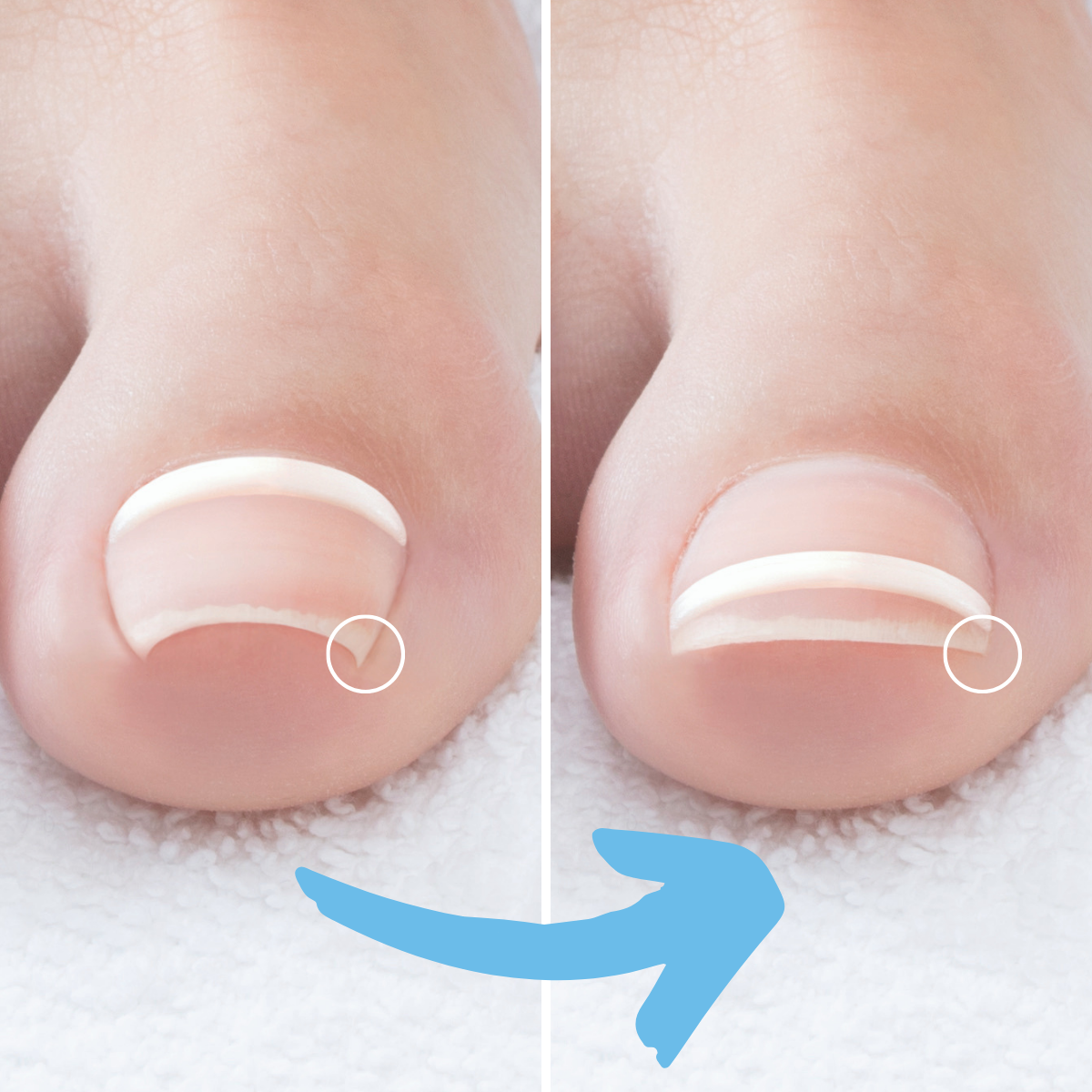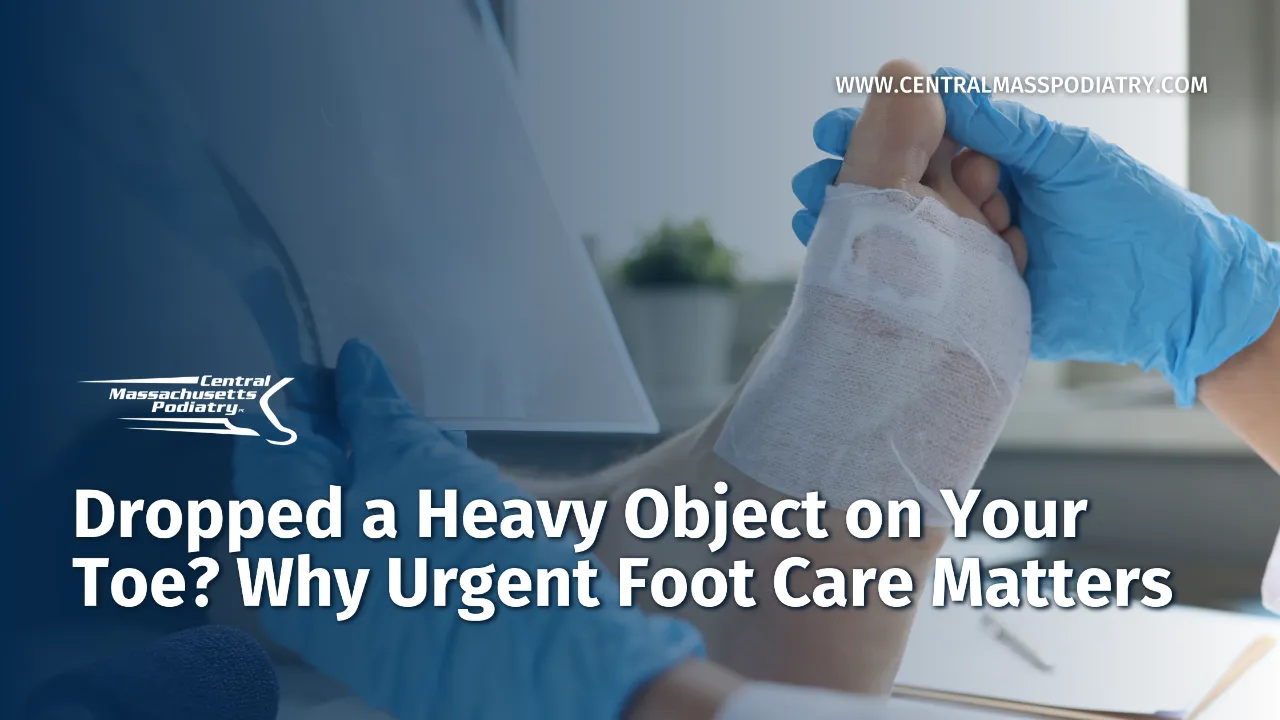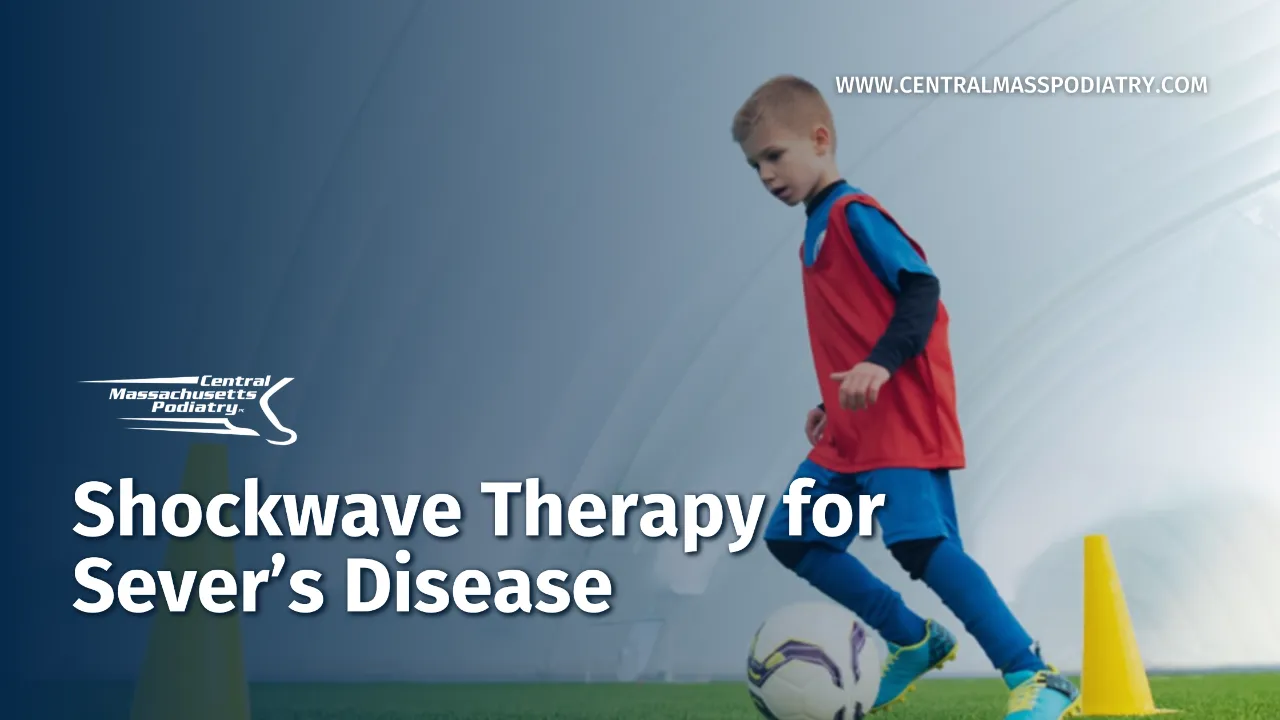Ingrown Toenail Treatment Process
TREATMENT PROCESS
This is my current treatment process for ingrown toenails. Please watch the video to learn more.
- 1st Visit - Evaluate toenails and any causes contributing to the condition, such as tight shoes, tight socks, or any bone spur under the toenails. Determine the cause of your condition and help you reduce your pain. This may be with a minor office procedure.
- 2nd Visit - If you have a recurrence of an ingrown toenail, we will consider a matrixectomy procedure to narrow a portion of the toenail to prevent the recurrence of the painful ingrown toenail.
SURGERY
- If you have had in-office surgery, here are the patient education forms on post-operative care for your ingrown toenail or matrixectomy.
INGROWN TOENAIL SURGERY & MATRIXECTOMY
- Two types of procedures for ingrown toenails are most common.
- The first type is the removal of an ingrown toenail that is not permanent. This may be the side of the toenail or the entire toenail. This procedure has few problems besides a granuloma formation (extra tissue at the nail edge) that can appear on the nail edge. This happens at times and can be treated at your follow-up appointment.
- The second type is a matrixectomy or permanent removal of the nail edge. In this procedure, acid is applied to the nail growth plate to stop the growth. The acid causes a chemical burn typically confused with an infection. It is expected to have redness, drainage, and skin sloughing at the treated nail edge. Here is a video that gives more explanations. Please contact the office if your redness goes up the toe beyond the knuckle.

1st day after the procedure - normal toenail
COMPLICATIONS
After having a nail procedure, a few complications can occur.
- Infection - This is the biggest concern, but it is not that common. Redness to the base of the toe near the nail is normal and usually NOT infected. This is from the chemical placed under the skin, and the redness is from the drainage in that region. This happens normally after the first two weeks and not directly after the procedure.
- Granuloma - This is when extra tissue grows on the side of the toenail. This does not usually resolve on its own and needs to be removed in the office.

- Recurrence - This is when a portion or complete part of the nail regrows and may need to be treated again. The nail is called a spicule.

- Distal Tip Ingrown - At times the tip of the toenail can become ingrown. This is common when the entire nail is removed and as it regrows this can cause ingrowing at the tip. Some treatment options include T taping of the skin on the tip of the toenail, Kera nail gel to soften the nail and make it more flexible or Onyfix to help stabilize the nail so that it does not grow into the distal skin.
- Transpore Tape - This is recommended to do the T-taping for distal ingrown toenail.

ONYFIX
- This procedure avoids surgery and applies a small device to the toenail base to help train the nail to grow straighter. This is usually repeated every 3-6 months or when it falls off the toenail. Here is a video explanation.

TOENAIL CLIPPERS
- Many patients want to know the clippers I recommend for trimming toenails. Here are some of my favorites.
PRODUCTS
Here are some of the best recommendations I have found on Amazon to start treatment before you come in to the office.
Related Blogs

Don’t Let Ingrown Toenail Pain Keep You Up at Night
You procrastinated making an appointment to see us, and now…

What to Expect After an Ingrown Toenail Removal?
If you’ve had an ingrown toenail removed, or are scheduled for…

Stunted Nail Growth Treatment Process
This is my current treatment process for patients with stunted…









